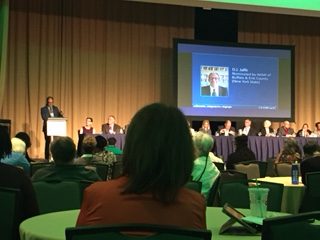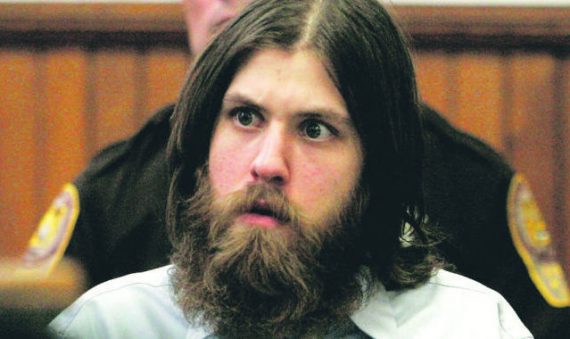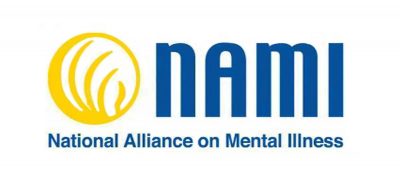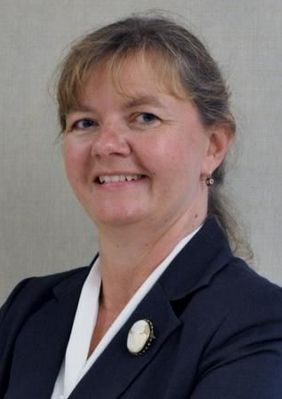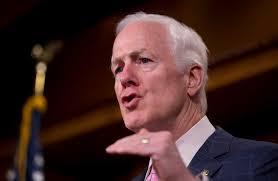
Thank you Senator Cornyn for mentioning my book and me in your remarks at NAMI’s convention
(7-3-17) NAMI’s national convention always is inspiring and educational and this year’s certainly set a high bar last week in Washington D.C..
I was especially grateful to see my friend, Mark Gale, received the Sam Cochran Criminal Justice Award, for his tireless efforts to improve how the criminal justice system interacts in California with individuals with mental illnesses. Mark and I first met when my book first was published in 2007 as two dads seeking answers and I have enjoyed watching him become a powerful advocate for Crisis Intervention Team training and justice reforms in California.
It’s always wonderful to see good friends and fellow advocates at the convention, especially Dr. Fred Frese and Penny, who have done so much for our cause. Hats off to NAMI CEO Mary Giliberti and especially Ron Honberg whom I believe oversaw at least three or four workshops each day.
I also appreciated getting a complimentary shout out from U.S. Senator John Cornyn during his Thursday morning convention appearance. He was kind enough to mentioned how my book helped him better understand the need to end the inappropriate incarceration of individuals with mental illnesses. Ironically, I was not in the audience because I was working behind the scenes hoping to persuade Virginia Governor Terry McAuliffe to stop the execution this coming Thursday night of a condemned man with a severe mental illness.
Although the election of five new board members is over, this year’s candidate’s speeches were especially exceptional so I’ve decided to post one per day this week to give those of you who couldn’t attend a chance to read them. First up is Adrienne Kennedy from Texas, who was re-elected to the board, and is someone whom I greatly admire.)
Adrienne Kennedy
When I found NAMI in 2005, our son and our family had logged 6 years coping with serious mental illness: five hospitalizations with three years of recovery sprinkled in between. Great engagement and great doctors: trust, treatment, recovery.
Nonetheless, illness relapse can obliterate years of progress in a sudden catastrophic neural storm: each episode more traumatic than the last. Tragically, his anosognosia went from temporary lapse of insight to intractable reality.
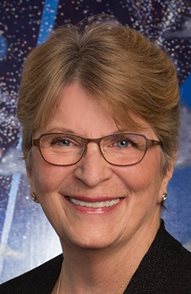
In time, every system failed our son.
Our family safety net was simply not enough. Our love, energy, commitment, and –yes, even the NAMI of a decade ago –none of it was enough. Nothing any of us tried could pull our son back to safety. Ultimately, when the dangers he presented finally crossed into extremes, well-trained CIT officers contained the situation without harm to anyone.
In 2008, our son with serious illness, now became our son with state and federal felony charges, being held on a $185,000 bond.


